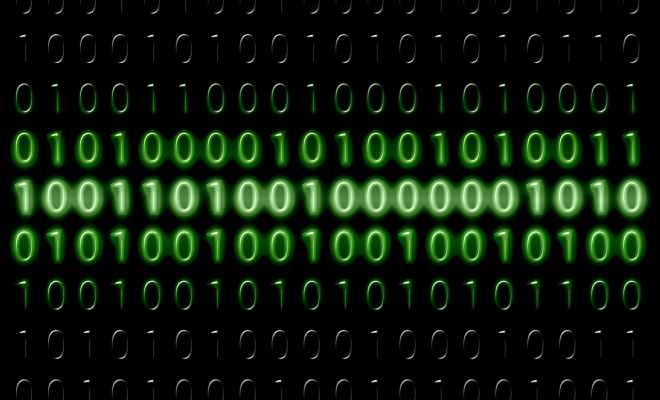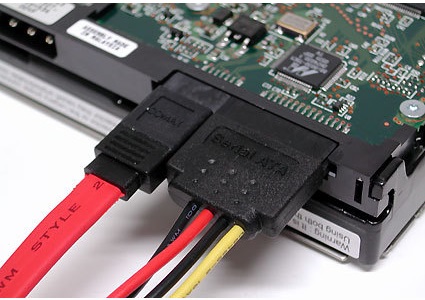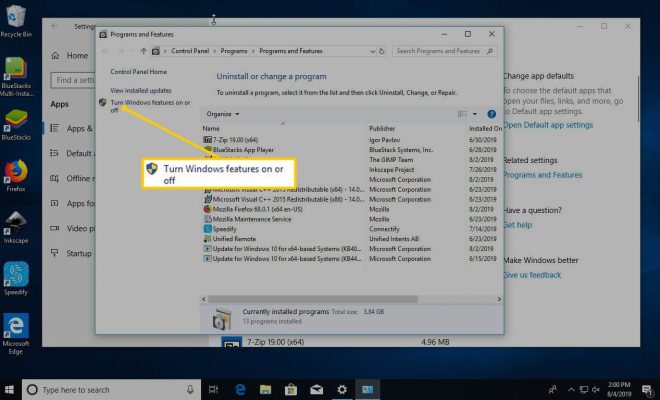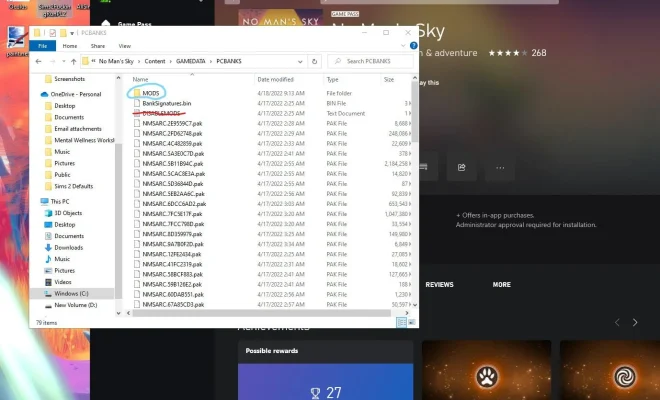What Is Binary Code and How Does It Work?

Binary code is a language of zeroes and ones that is used to communicate with computers. It is the simplest form of computer language, and is the foundation for all computing. Understanding binary code and how it works is essential for anyone looking to enter the field of computer science or programming.
Binary code is a way of representing information using only two digits – 0 and 1. Each digit is referred to as a “bit”. These bits are then combined to create larger numbers, and ultimately entire programs. For example, the number 7 in binary code is written as 111, which is a combination of three ones. In contrast, the number 8 is written as 1000, which is a combination of one zero and three ones.
The foundation of binary code lies in the fact that computers operate on electricity. Digital circuits inside computers use the presence or absence of electrical charge to represent the binary digits of 0 and 1. By quickly turning these signals on and off, computers are able to perform complex tasks such as analyzing data, connecting to the internet, and running applications.
In addition to being used for basic arithmetic and data processing, binary code is also used in other areas such as cryptography and data storage. Cryptography, the science of encoding and decoding messages, uses binary code as a way of creating and cracking codes. In terms of data storage, binary code is used to store files and data on computers, with each bit representing a single piece of data.
Overall, binary code forms the basis of all computing, and understanding it is essential for anyone looking to work in the computer science or programming fields. By representing all information using only two digits, binary code allows computers to perform complex tasks with incredible speed and accuracy. In the future, it is likely that this language will continue to be used in new and innovative ways to improve our ability to collect, process, and analyze data.






